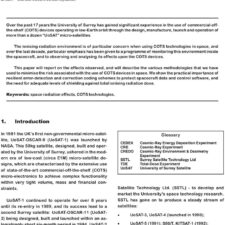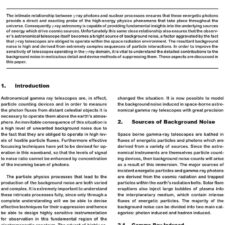Space Nuclear Power for Terrestrial Utilities
£5.00
Peter J. Schubert (2022), JBIS, 75, pp. 161-164
Refcode: 2022.75.161
DOI: n/a
Abstract:
Solar power satellites must be large because sunlight is diffuse. Recent advances in developing fission fuel on the Moon raise the possibility of a nuclear powersat. Modest payloads of uranium oxide, transmuted from lunar thorium, and delivered to GEO are inserted into fission reactors. Eighty such reactors attached to a spacetenna can provide GW-class baseload power to terrestrial utilities. This paper studies the size, logistics, and safety considerations for Space Nuclear Power. A particular technical concern is the thermal management required of a heat engine. The delivery of fuel pins from the Moon is studied, and various transport methods are compared. The transfer of power wirelessly is studied, as it impacts terrestrial communications. Of prime concern to all are the safety considerations, which are partly ameliorated by the use of U-233 as the fissile material. A Risk Analysis is presented, and the highest ranking solutions presented. Life Cycle Analysis considerations demand a practical end-of-life treatment. The design of the nuclear powersat aims to strictly minimize any use as a weapon, with the goal being no greater threat to Earth than an inert body of similar mass. Through lunar resource utilization, the time may be advanced when utilities can provide baseload (always on) electric power, which is free of pollution.
Keywords: Space Power, Clean Energy, Lunar, Thorium, ISRU, Fission, Power Beaming, Uranium-233





